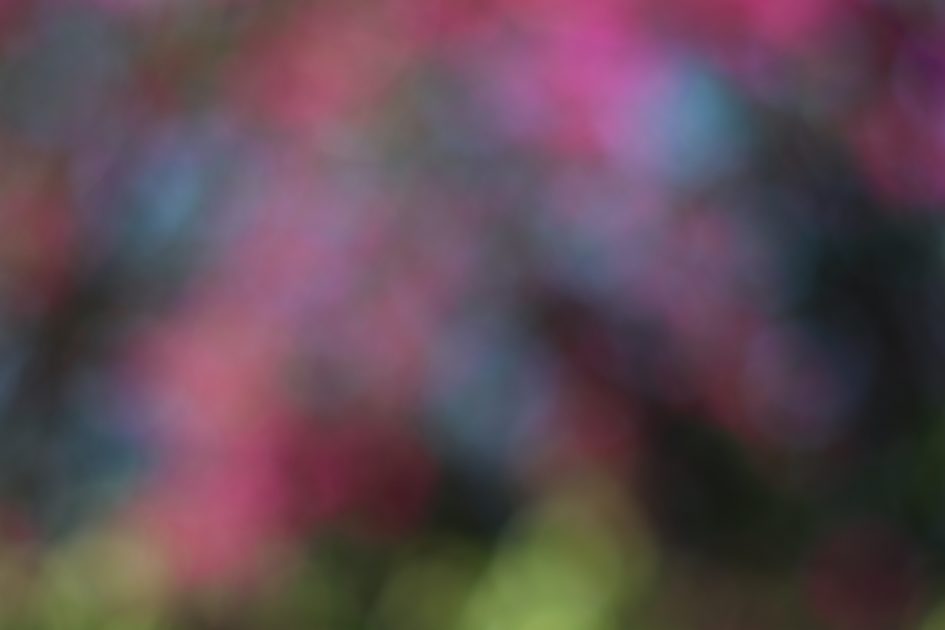In a previous post, I talked about aphantasia — the inability to conjure mental images — which I think I experience a mild form of. How inaccessible or faint is my visual imagination, though, and can engaging in a visual activity help me effectively “practice” visualization? Can it help me move along the aphantasia spectrum towards a place where I can better visualize things — to produce more visually appealing things, to picture and execute artifacts for visual communication? Currently, I can’t really picture what things I need to make will look like — I can only assess the visuals as I actively create and actually see them. I cannot imagine the thing until it is there in front of me as I create it. Maybe this is why my preferred medium is the written word — that’s how my brain and imagination already work.
People with aphantasia can be great artists:
In the article in which this video is embedded, Alice walks through her process of imagination that occurs before she produces her art. She imagines things before she draws or paints them, but she relies on an “literary” imagination because she can’t imagine images. What helps her translate this literary imagination into art is her knowledge of artistic principles and her practice with doing art itself.
I have been struggling in designing my own embroidery pieces (not using patterns). To make my own designs, I have been looking at pictures of things I think are interesting then attempting to hold those images in my mind while I attempt to draw them on my material. A problem is that I cannot hold a vivid image in my brain for very long, even if it’s something I’ve just seen. The picture is in my head, but it is faint and blurry and blob-like.
However, knowing that aphantasia — even true, zero-head-picture aphantasia — doesn’t affect one’s ability to produce representative visual art makes me think that my the flaws in my translation from external image to mental image to new external image has less to do with the mental image — after all, I can keep a picture open on my computer screen, so I don’t even need to hold it in my brain — and more with the fact that I am simply unpracticed in visual representation and this particular type of spatial planning. Aphantasia likely plays a role — even if I can see the picture on the screen, it still has to go through my brain and down to my hands, a translation process which I believe will remain imperfect regardless of my level of practice. I have baked and decorated many cakes, for example, yet they still turn out very visually different than what I plan and set out to do. In many aspects of my life — baking, decorating, embroidering — many things just visually don’t turn out how I thought they would.
Layered Stimulus Response Training
So, can practice help?
As it turns out, approaching the “practicing” of visual imagination in possible, and likely most effective when done through breaking visual imagery into “layers” to be approached separately. The point is to not try to rush to visualizing the whole thing or the whole image right away. Noa Kagemaya, in an article titled “How to Get Good at Mental Imagery, Even If You’ve Never Been Able to Visualize Worth a Darn” provides a step-by-step process for practicing visual imagination through LSRT:
- Try to conjure an image, ideally one that comes from past experience, by describing it in words in as much detail as you can
- Reflect on that image’s completeness and quality — are you seeing the image/scene, feeling it, hearing it, just seeing/hearing the words describing it? — This will help determine which parts were vivid and which were unclear.
- Develop the image by focusing on stimulus layers to be added. Practice this until the whole scene becomes clearer.
Applying this to Embroidery
Can I apply practicing visualization to practicing the externalization of that visualization to embroidery? Will this make my overall visualization abilities better?
The latter question is a wait-and-see type of thing. The former, however, I can speculate about.
If I combine my understanding that Alice’s process is to imagine something in a literary way before producing it visually and externally with this LSRT practice, I should be able to better produce my own embroidery designs in a way that makes them resemble what I actually want them to look like. I imagine doing this along these lines:
- Decide what I want to design and stitch. Images with which I am more familiar and can imagine in a literary sense and which may have strong connections to non-visual sensations are probably most appropriate for practicing visualization.
- After deciding what I want to draw and stitch, practice visualizing in these other ways. I should work on describing in as much detail as possible (in words) the thing I want to visually create. This should probably include not only the thing to be stitched and its details, but also how much space I want it to take up (in absolute terms and relative to everything to be in the frame).
- Reflect on how much of a mental image that creates. If it isn’t vivid enough to draw, work on adding those other layers.
- Go through this process until I have a comfortable enough image. Then, draw it on paper as many times as I need to to be happy with the image.

Leave a Reply
You must be logged in to post a comment.